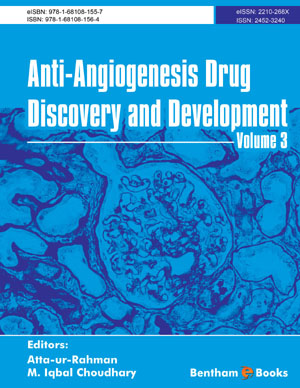Abstract
Over the last two decades, several studies have shown the role that the glutamatergic system plays in the pathophysiology of major depressive disorders (MDD). This theory is supported mainly by the fact that glutamatergic modulators have revealed antidepressant effects in animal models as well as in clinical trials. Many of these compounds have been created to be tested as antidepressants. However, there are many other compounds used in the treatment of non-depressive illnesses that have subsequently been discovered to possess antidepressant properties, one such example being ketamine. Ketamine is an antagonist of the N-methyl-D-aspartate receptor, and it has shown to improve the symptoms of patients with MDD, including refractory depression. Laboratory studies have mainly investigated the mechanism of action responsible for the rapid and prolonged antidepressant effects presented by NMDA modulators. This chapter will focus on studies which have demonstrated the antidepressant effects of ketamine, as well as other glutamatergic modulators. Data from experimental studies and clinical trials have also been included, and these will demonstrate the biomarkers and mechanisms of action involved behind the effects of fast acting antidepressants.
Keywords: Biomarkers, D-Cycloserine, Fast antidepressant, Glutamatergic modulators, Glutamatergic system, Ketamine, Major depressive disorder, Memantine, N-methyl-D-aspartate, Scopolamine, Sleep deprivation.






















